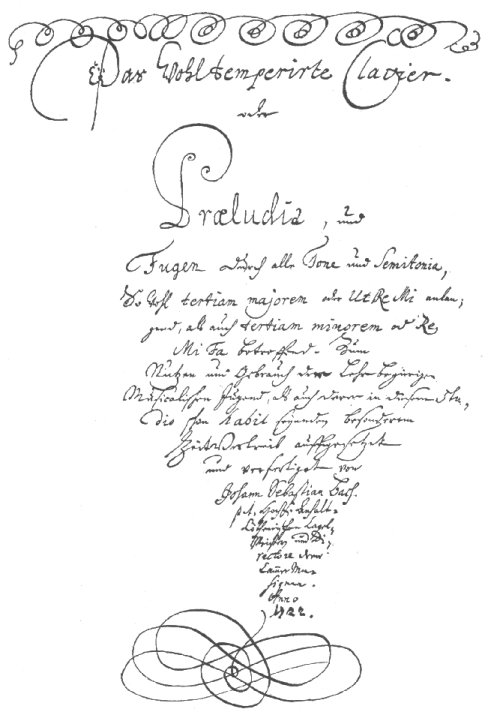|
In the early summer of 2005 Walter Riemer recorded Bach's "Art of the Fugue"on CD. This was the result of many years of occupation with this singular work of music. Music of the 18th and early 19th century depends very much on performance practises any good "Musikus" would know; thus in particular articulation, agogics and ornaments were defined well. This knowledge to a large extent got lost in the course of the 19th Century, but was compiled again in the last decades by some distinctive authors and musicians (including Nikolaus Harnoncourt). In Walter Riemers "Art of the Fugue" interpretation an attempt was made to carry on these findings. The result seemed so promising and interesting that he began to apply this to other piano works by Bach (and not only by Bach!): thus the "Well-tempered piano" developed a completely new outfit, and to show this was also a philosophy in the concert on 2005-11-22 in the Salvator Hall in Vienna, Austria (http://niederfellabrunn.at/Arch/KKNF/OLD2005.HTM#BachSt). However, Haydn, Mozart, Beethoven and even Schubert benefit from this as well, and this was also demonstrated in the mentioned concert. In the meantime still another aspect arose: Over decades or centuries, music scientiest and authors have been deploring the fact that Bach seemed not to have documented his "temperature" in writing, thus the method to tune his "Claviere" (different from the even temperature in use for modern pianos today) in a way that results in fifths of unequal width was forgotten. |
 |
Dr. Bradley Lehman (Harpsichordist, Graduate from University of Michigan) going much further (and coming to different results) than a publication of 1999 by Dr. Andreas Sparschuh of Heidelberg University, has done deep-going research on the discovery where this valuable information is, namely, exactly where it logically belongs, that is, on the title page of the autograph of the "Well-tempered clavier", volume 1 (http://www.larips.com/). He published his findings in two parts in February and in May 2005, unfortunately too late for my CD recording of the "Art of the Fugue", which made use of the method by Herbert Kellner (also not bad). The row of spirals on top of the first page is not only an ornamentation, but the precise instruction for correct tuning, whereby spirals without internal loops are pure fifths, those with one loop are somewhat narrower and those with two loops even more narrow.
|
The image on the left shows the "ornamentation" turned around by 180°. Thus it was perhaps easier to be drawn by a right-handed person (did Bach simply turn the sheet upside down?). |
The order of tuning steps is then easier to read. J.S. Bach was (contrary to C.P.E. Bach) right-handed.
You can find a method of tuning according to Bach here.
Wolfgang Wiese designed the following table: Tuning Table, Stimmtabelle

